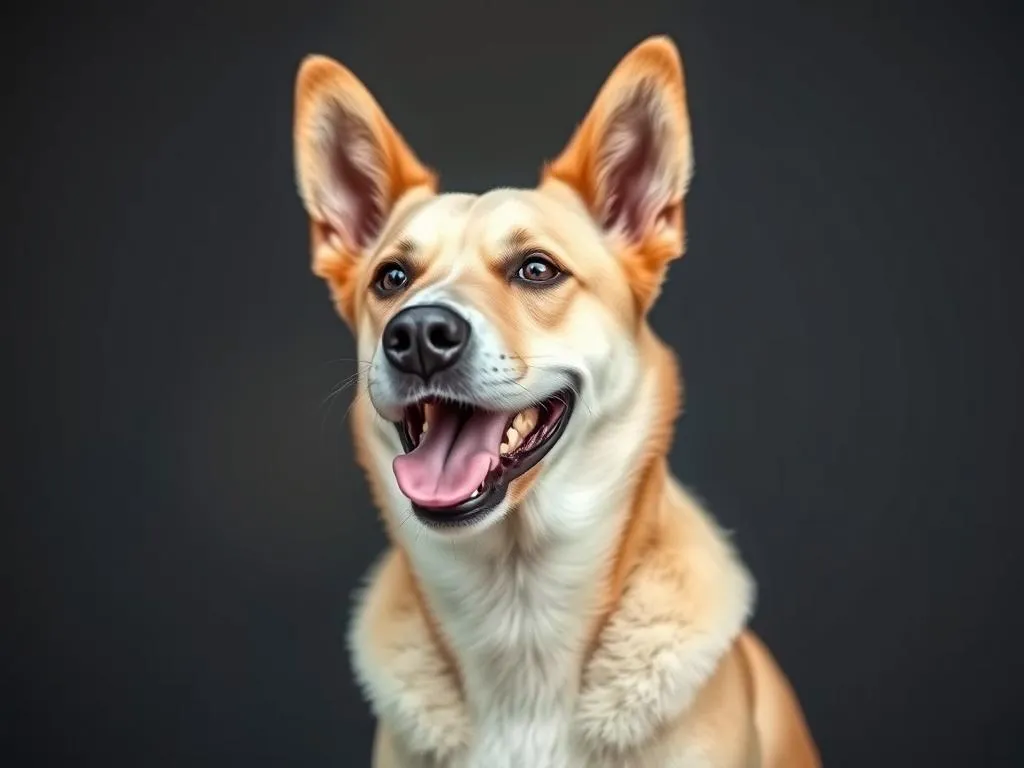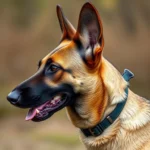
Finding the right dog breed that aligns with your lifestyle is essential for both you and your future furry friend. While all dogs require some form of exercise, there are breeds that thrive on minimal physical activity. These dogs that don’t need a lot of exercise can make excellent companions for individuals with a more sedentary lifestyle or those who live in apartments with limited outdoor space.
Understanding Exercise Needs for Dogs
Importance of Exercise for Dogs
Exercise plays a critical role in a dog’s physical and mental health. Regular activity helps prevent obesity, promotes cardiovascular health, and ensures healthy muscle tone. Furthermore, physical activity is vital for a dog’s mental stimulation; it helps alleviate boredom which can lead to destructive behaviors. A well-exercised dog is typically more relaxed and well-behaved.
Factors Influencing Exercise Needs
Several factors contribute to a dog’s exercise requirements. These include:
- Breed Characteristics: Different breeds have varying energy levels and temperaments. For example, working breeds often need more exercise than toy breeds.
- Age and Health Status: Puppies and young dogs usually have higher energy levels, while senior dogs may be less active. Health issues can also impact a dog’s ability to exercise.
- Lifestyle of the Owner: An owner’s work schedule and living environment can significantly affect a dog’s activity level. Busy professionals might prefer breeds that require less exercise.
Characteristics of Low-Exercise Dog Breeds
Common Traits
Low-exercise dog breeds typically share some common traits. They often have a calm demeanor and adapt well to various living conditions, making them ideal for apartment living. These breeds tend to be affectionate and enjoy spending quality time with their owners without needing extensive outdoor playtime.
Size Considerations
Low-exercise breeds come in various sizes, including small, medium, and large. While smaller breeds may require less space and exercise, larger breeds can also be low-energy, provided they are given a comfortable living environment. The size of the dog can influence its exercise needs and suitability for different homes.
Top Dog Breeds That Don’t Need a Lot of Exercise
Small Dog Breeds
-
Pug: Pugs are charming and affectionate companions. They enjoy short walks and playtime but are just as content lounging on the couch. Their exercise needs are minimal, typically around 30 minutes per day.
-
French Bulldog: Known for their playful and adaptable nature, French Bulldogs thrive in smaller living spaces. They require about 30 minutes of exercise daily, which can be fulfilled through short walks and playtime.
-
Cavalier King Charles Spaniel: This breed is friendly and eager to please, making them excellent family pets. They enjoy moderate exercise, usually around 20-30 minutes a day, through walks and gentle play.
Medium Dog Breeds
-
Basset Hound: Basset Hounds are laid-back dogs known for their excellent companionship. They require minimal exercise—about 30 minutes a day—due to their slow and easygoing nature.
-
Bulldog: Bulldogs have a calm demeanor and are known for their lovable personalities. They require only short walks and minimal playtime, making them perfect for less active owners.
-
Shih Tzu: Shih Tzus are friendly and affectionate, thriving in a home environment. They need light exercise, usually around 30 minutes of activity each day through walks and play.
Large Dog Breeds
-
Great Dane: Despite their size, Great Danes are gentle giants with a calm disposition. They require moderate exercise—approximately 30 minutes to an hour daily—but are content with leisurely walks.
-
Newfoundland: Newfoundlands are known for their gentle nature and love for water. They enjoy moderate exercise and are happy with walks and swimming, typically needing about 30-60 minutes of activity each day.
-
Mastiff: Mastiffs are large, affectionate dogs that are relatively low-energy. They require minimal exercise, usually around 30 minutes of light activity daily, such as short walks.
Tips for Owning a Low-Exercise Dog
Daily Routine and Care
Establishing a routine is vital for any dog, especially for those that don’t need a lot of exercise. Low-exercise breeds benefit from a consistent schedule that includes short walks and mental stimulation. Activities like puzzle toys, training sessions, and indoor play can keep them engaged without requiring extensive physical activity.
Socialization and Training
Socialization is crucial for all dog breeds, including low-exercise ones. Exposing your dog to different environments, people, and other animals helps them develop a well-rounded temperament. Training techniques that emphasize positive reinforcement can enhance behavior and strengthen the bond between you and your dog without excessive physical activity.
Health Considerations
Regular veterinary check-ups are essential to monitor your dog’s health, especially for breeds that might be prone to specific health issues. Low-exercise breeds can be susceptible to obesity, so maintaining a balanced diet and ensuring they receive enough mental stimulation is crucial. Being aware of potential health concerns associated with specific breeds can help you manage their well-being effectively.
Conclusion
Choosing a dog breed that aligns with your lifestyle can lead to a fulfilling companionship. Dogs that don’t need a lot of exercise can be perfect for individuals or families that prefer a more relaxed pace. By considering factors such as size, temperament, and activity needs, you can find a breed that will thrive in your home environment.
Whether you opt for a small breed like a Pug or a larger breed like a Great Dane, understanding their exercise requirements and characteristics will help ensure a happy and healthy relationship. Remember to take your lifestyle and living situation into account when choosing your new furry friend. Adopting from local shelters or breed-specific rescues can also provide a loving home for a low-exercise dog in need.









